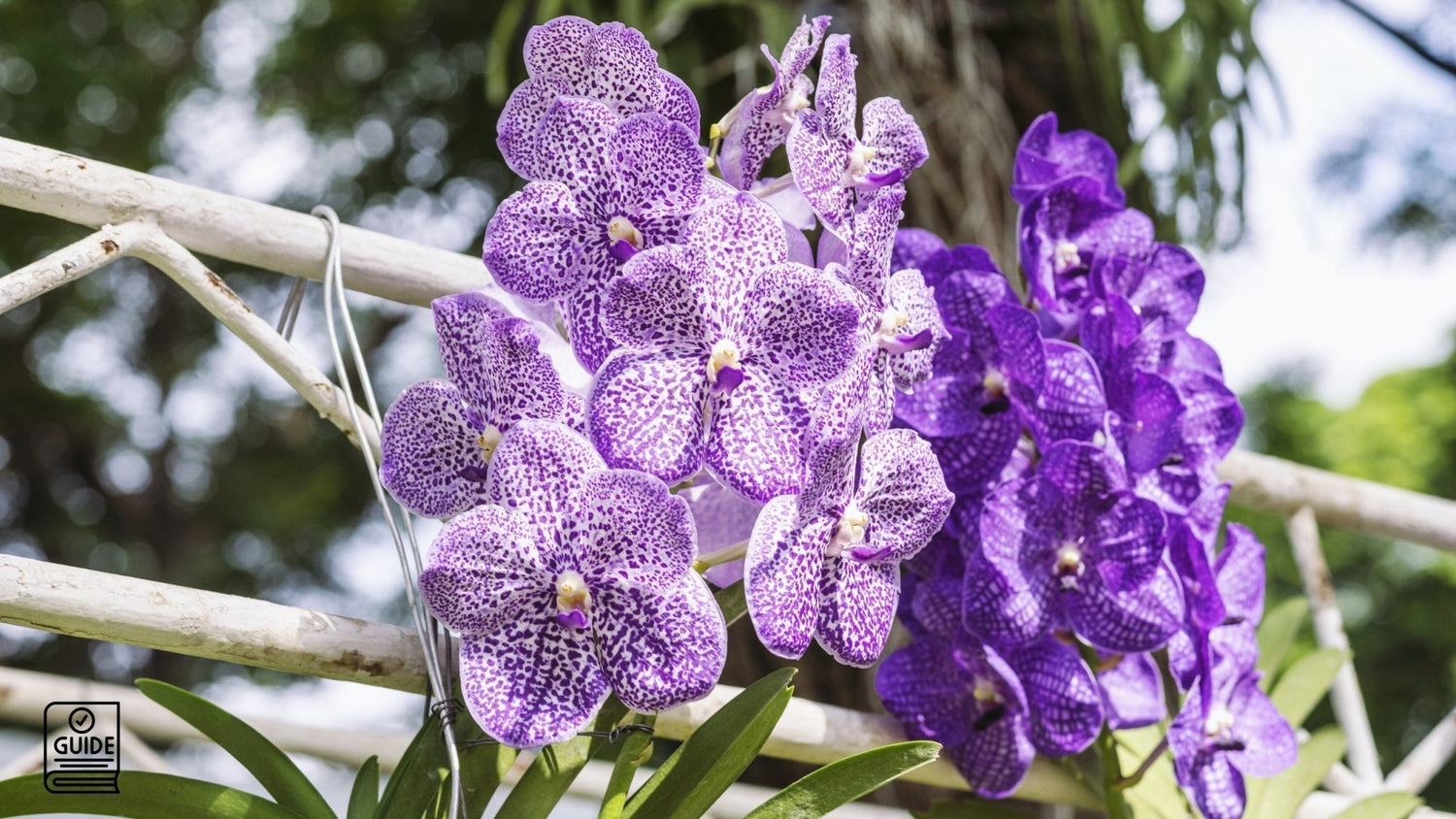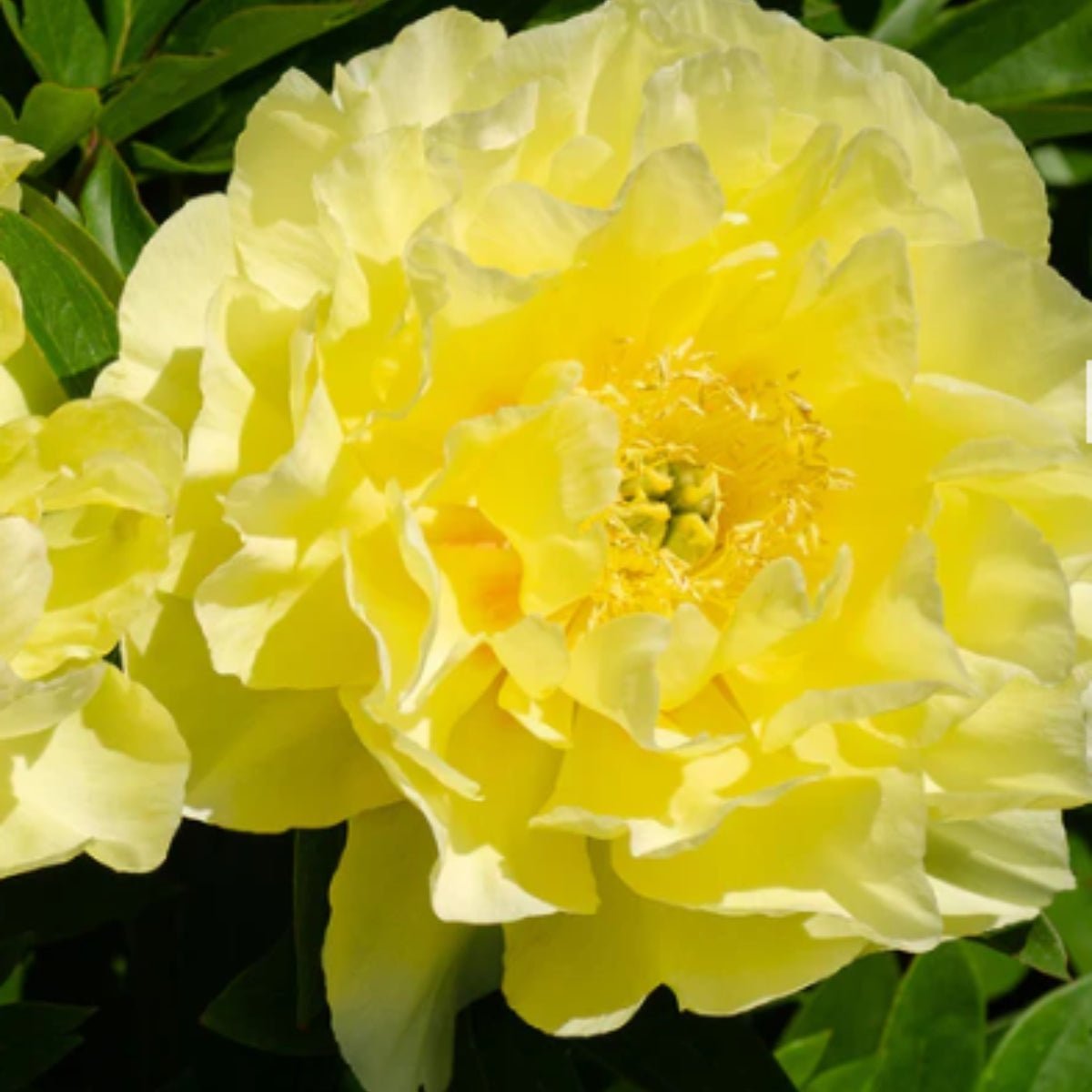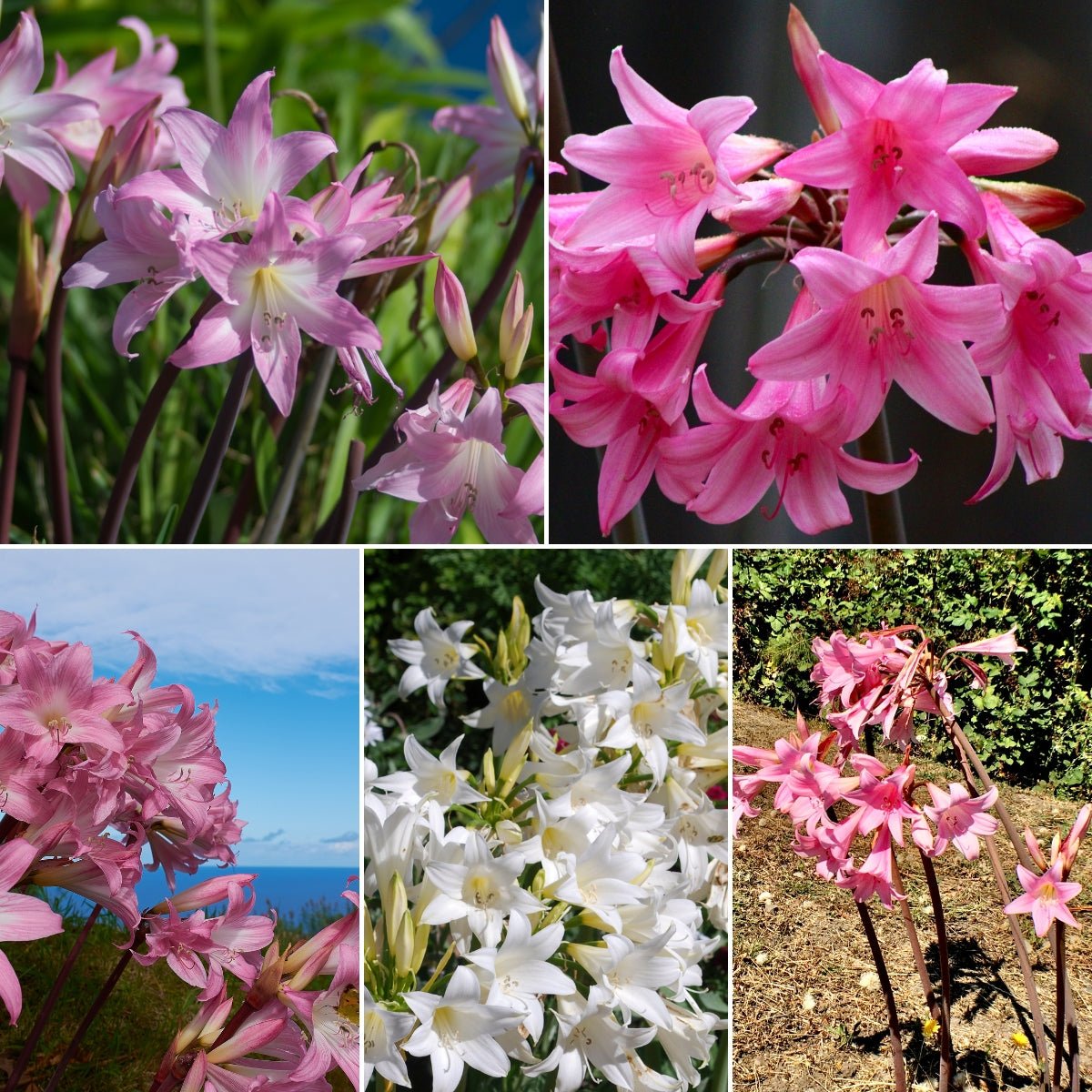How to save my struggling lavender and why am I struggling to keep it alive!?
The struggle with Lavender is real! Recently I’ve come to learn that everyone has an opinion on how to best grow lavender. To some, keeping lavender alive is as easy as keeping a weed growing but if you’re anything like my mum you’ll have purchased about 100 lavender plants in your life because you just love the smell of them when they are in bloom only to have them die on you just a few weeks later or if she’s lucky have them survive just a few more months. Unfortunately for my mum what she doesn’t realise is that she is struggling more than she must to keep these hardy plants alive.
I’m going to try and keep this one short and to the point, so that we can get off the computer and back into the garden where we all prefer to be and so that I don’t upset too many of the actual lavender experts which I can admit I am not. Like most I’m just out there trying my best to help my plants thrive and stay alive!
I’ll cover the 5 biggest issues I’ve experienced:
1.Humidity
2.Over Watering
3.Incorrect Soil
4.Temperature
5.Too little sun
First and foremost - (because we struggle with this one a lot on the Northern Rivers – those of you a bit further south may not have this one on top of your list like I do)
1. Humidity
Mum’s Lavenders worst enemy living on the Northern Rivers where humidity is always high.
Lavenders prefer dry summer air with little humidity. This is where their dense foliage thrives, as the soil and stems stay dry and free of excess moisture. In very humid climates – especially in summer – lavenders will not grow to their full potential. They may begin to wilt due to excess moisture in the soil and air and are more prone to fungal diseases in these conditions.
If you live in a tropical climate with hot, humid summer like us, you will need to ensure your lavender is not planted close to any other leafy plants to decrease humidity and improve airflow.
Regular pruning will also help prevent diseases and allow for more airflow. However, make sure to not prune back to the woody growth as this may cause shock and only prune new growth to promote flowering.
2. Overwatering
I am guilty of this one, mum not so much she forgets to water her plants which is why for so long I could swear that our poor lavenders were dying of the exact opposite (which I’m still sure they were) we do experience quite hot temperatures here, so it is very easy for us to feel the need to constantly give our plants a drink.
Unlike our climate Lavenders originate in the Mediterranean regions of Europe, preferring areas with dry hot summers and rainy winters. They’re happy in dry, poor-quality soil for long periods of time and don’t require additional watering very often. These drought-tolerant plants cannot be left to sit in waterlogged or excessively moist soil for too long as they are prone to root rot.
If the plant experiences root rot, you’ll notice the stems start to wilt to droop. Some of the lower foliage may also turn brown.
Overwatering may not just be caused by your watering habits. Rest assured excessively rainy periods in summer or compacted soil can also be the problem. Try to keep the soil as dry as possible for several weeks before watering again. Or aerate the soil around the plants and add sand and gravel to improve drainage. If your lavender has root rot, pull the plant from the soil and trim off the affected roots. Improve drainage in the area and replant or move the lavender to a more suitable space protected from excessive rain and compacted soil.
3. Incorrect Soil
Lavenders are appreciated for their ability to grow well in poor-quality soils. However, there are a few essential characteristics to keep in mind when planting. The first is drainage, and the second is acidity.
Lavenders are used to growing in sandy or rocky soil that is incredibly well-draining. If the soil contains too much clay or becomes compacted, allowing water to pool around the roots, the plant will begin to die. As mentioned before, these plants cannot stand sitting in water and will begin to droop and turn brown because of root rot.
Before planting, improve the drainage of your soil by mixing in a good amount of sand and rocks. This mixture should be slightly deeper than the planting hole to ensure any new root growth doesn’t sit in moist soil.
If you’ve already planted the lavender in the wrong soil, move the plant to a pot with a well-draining potting mix or remove the plant, amend the soil, and replant.
Soil pH also plays an important role in plant health. You can test the pH of your soil with simple or complex soil testers which you can find here . Lavenders prefer an almost neutral soil pH between 6.5 and 7.5. They don’t mind excessively alkaline soil but can struggle if the soil is far too acidic (around 5 or lower). They may not show signs of struggle straight away but will not survive as long as plants in the correct soil and may not flower as vigorously.
Conduct a soil test before planting to determine the pH. If it is too acidic, add lime to the soil before planting to raise the pH to a more suitable level.
4. Temperature
Climate should be the first consideration when choosing plants. Lavender is typically hardy, but this is variety dependent. Some prefer far warmer conditions and cannot handle the cold, while other types are even hardy and can handle the cooler weather down in Victoria and Tasmania without any additional protection.
Before you choose a lavender, ensure it will grow well in your climate all year to avoid having to pull the plant in winter due to frost damage. Those in colder areas should look for varieties of English Lavender, as most can withstand temperatures as low as -30C. French lavender is also an option but is not as tolerant of cold as the English types. Our most hardy variety is our Silver Posie Purple but the Little Posie Pink is also drought and frost tolerant.
5. Too Little Sun
Thanks to their Mediterranean origins, lavenders also prefer a full day of scorching summer sun. They need an absolute minimum of six hours of sunlight per day to look their best.
If they’re planted in a shadier position, become shaded by nearby plants or a change in the sun’s position through the seasons, you may start to notice a few problems.
The first sign of lack of sunlight is a lack of flowers. Without sunlight, plants don’t have enough energy to produce the pastel purple blooms they are favoured for.
The silvery-green foliage may also begin to lose its colour and overall growth will become stunted. Due to their struggle to stay alive, the flowers and foliage may also have a much weaker fragrance than usual.
If you have your lavender in a pot, then simply move it to a place with better hours of sunlight. They don’t mind the heat, so don’t worry about placing them in a position with intense afternoon sunlight.
If your plant is in the ground and being shaded by a nearby tree or another plant, try to prune away the covering branches to open up the light. You will need to keep up this maintenance if you want your lavender to flower and grow in later seasons.
The best option however is to move the plant to a new part of the garden. Start by loosening the soil around the roots with a fork, keeping your distance from the base of the plant to prevent damage. Once the fork is deep enough, gently lift the entire plant out, keeping the root system intact. Replant in a
sunny spot. The plant may suffer from initial shock from the move but after some time it should recover and be in its best position to provide you with its best blooms.
Hopefully this has provided you with a little bit of insight on how to keep your lavenders happy and healthy and we can all see our beautiful lavenders in bloom instead of what my mum is all too familiar with, seeing hers turn to dry, dead sticks.





